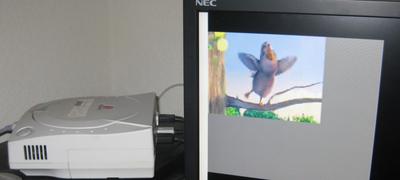Readers know I have a peculiar interest in taking apart video games and that I would rather study a game’s inner workings than actually play it. I take an interest on others’ efforts in this same area. It’s still in my backlog to take a closer look at Clone2727’s body of work. But I wanted to highlight my friend’s work on re-implementing a game called Tele-Arena.

Back In The Day
As some of you are likely aware, there was a dark age of online communication that predated the era of widespread internet access. This was known as “The BBS Age”. People dialed into these BBSes using modems that operated at abysmal transfer speeds and would communicate with other users, upload and download files, and play an occasional game.
BBS software evolved and perhaps the ultimate (and final) evolution was Galacticomm’s MajorBBS (MBBS). There were assorted games that plugged into the MBBS, all rendered in glorious color ANSI graphics. One of the most famous of these games was Tele-Arena (TA). TA was a multiplayer fantasy-themed text adventure game. Perhaps you could think of it as World of Warcraft, only rendered as interactive fiction instead of a rich 3D landscape. (Disclaimer: I might not be qualified to make that comparison since I have never experienced WoW firsthand, though I did play TA on and off about 17 years ago).
TA was often compared to multi-user dungeons — or MUDs — that were played by telneting into internet servers hosting games. Such comparisons were usually unfavorable as people who had experience with both TA and MUDs were sniffy elitists with internet access who thought they were sooooo much better than those filthy, BBS-dialing serfs.
Sorry, didn’t mean to open old wounds.
Modern Retelling of A Classic Tale
Anyway, my friend Ron Kinney is perhaps the world’s biggest fan of TA. So much so that he has re-implemented the engine in Java under the project name Ether. He’s in a similar situation as the ScummVM project in that, while the independent, open source engine is fair game for redistribution, it would be questionable to redistribute the original data files. That’s why he created an AreaBuilder application that generates independent game data files.
Ironically, you can also telnet into a server on which Ron hosts an instance of Tele-Arena (ironic in the sense that the internet/BBS conflict gets a little blurry).
I hope that one day Ron will regale us with the strangest tales from the classic TA days. My personal favorite was “Wrath of a Sysop.”

